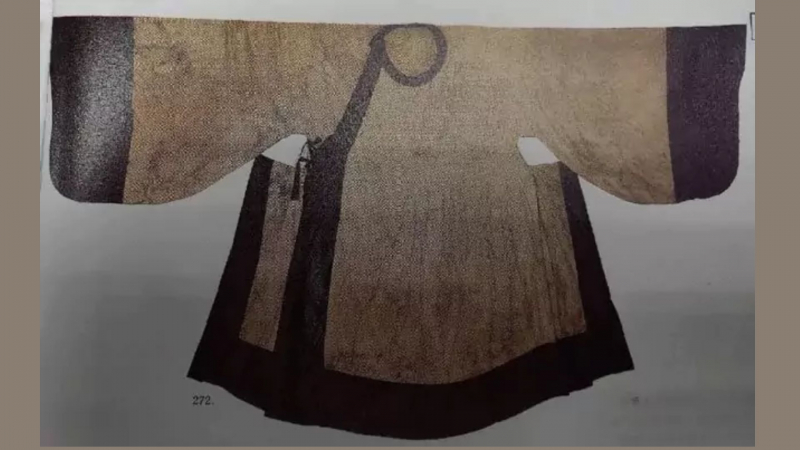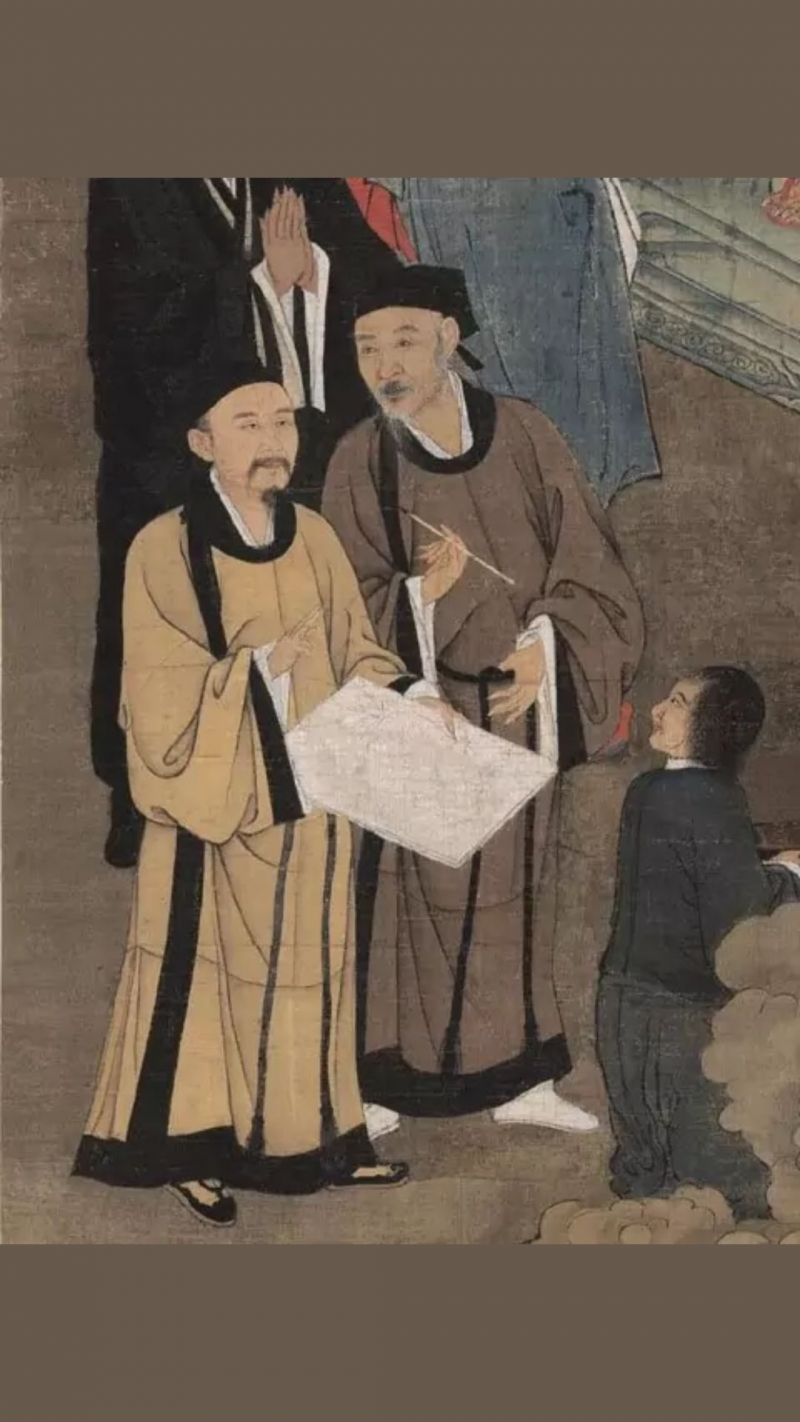Panling Lanshan
Lanshan is the traditional Chinese attire for men. The lanshan has been worn since the Tang Dynasty. The panling lanshan along with the futou was used as the Tang dynasty attire of scholars and officials. The scholars' attire in the succeeding dynasties followed the style of the panling lanshan of the Tang dynasty. It is also a formal attire worn by scholars and students taking the imperial examination in Ming Dynasty.
The term "Lanshan" refers to a type of long garment in the history of ancient Chinese traditional dress that is cut in one piece at the top and bottom (Tongcai) and has a Hanglan (a seam at the Lanshan's knee) at the hem. The old Shenyi Zhi, on which Lanshan is based, had its waistline relocated to the hem and Henglan inserted close to the knee. Ancient people adhered to the upper Yi and lower Chang systems, and the ceremonial system was designed to represent their reverence for the natural world and their efforts to establish order.
Lanshan first appeared in the Northern dynasty and was further developed and standardized in the Tang dynasty. It absorbed the northern dynasty costume system during the Tang Dynasty and changed the collar shape from a cross collar to a round collar and the sleeve design from broad sleeves to narrow sleeves. Lanshan was worn by scholars and bureaucrats alike.
Lanshan inherited the preceding dynasty's style and grew quickly during the Song dynasty. Lanshan is the most common type of men's informal clothing. Scholars and officials progressively returned to the old style of the wide robe and big sleeves, influenced by the preference for civilization over warfare. Lanshan is affected by this design as well, and the sleeves get wider and wider. The majority of the clothing was white or off-white.
Lanshan with a round collar became more popular during the Ming Dynasty. During the Ming Dynasty, the main clothing code for Shengyuan (students) was Confucian scarves and Lanshan. Shengyuan scholars, also known as Xiucai, passed examinations at various levels during the Ming and Qing dynasties.
In the Ming dynasty, Lanshan first appeared without Henglan. They are also known as "blue Shan" since the majority of them are fashioned of blue cloth. The Henglan evolved to have wide edging on the hem from the Lanshan, which featured both side slits and a double side hem. The Lanshan had dark blue or black edging on the collar, sleeve edges, side placket, bottom, and double hem.
Scholars and Shengyuan have traditionally dressed in lanshan. Additionally, they might be utilized during the ritual for coming of age. In accordance with historical records, the local authorities may also don Lanshan during the sacrificial ceremony for Confucius.
The ceremonial wear known as lanshan is still worn in modern culture to display one's position as a student and level of education at ceremonies such as graduations and coming-of-age rituals.
Lanshan is typically worn with a scarf, such as a Confucian scarf, Jinshi scarf, Wusha Mao, etc. The Confucian scarf has a sloping top and is low in the front and high in the rear. A Sitao (silk fabric waist belt) can be used with the outfit.








